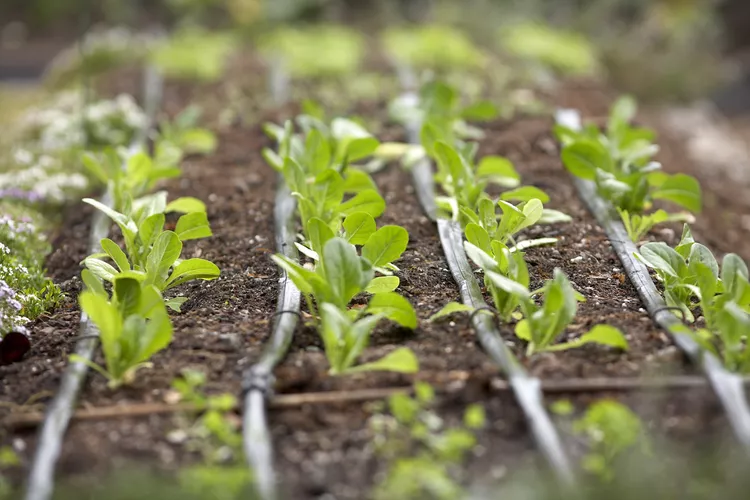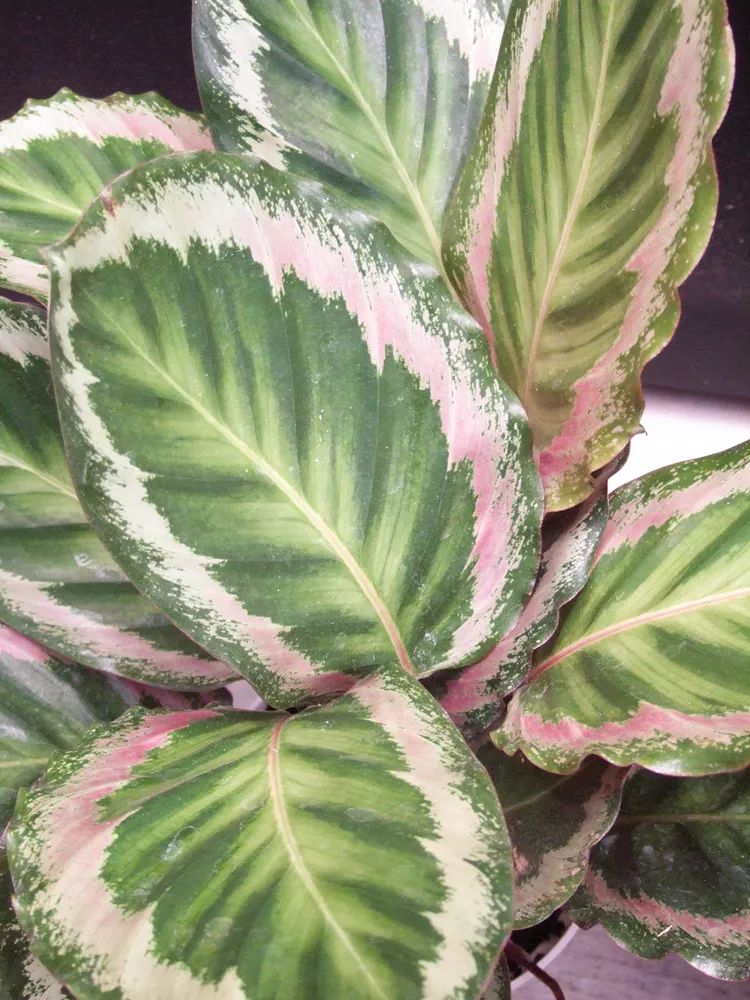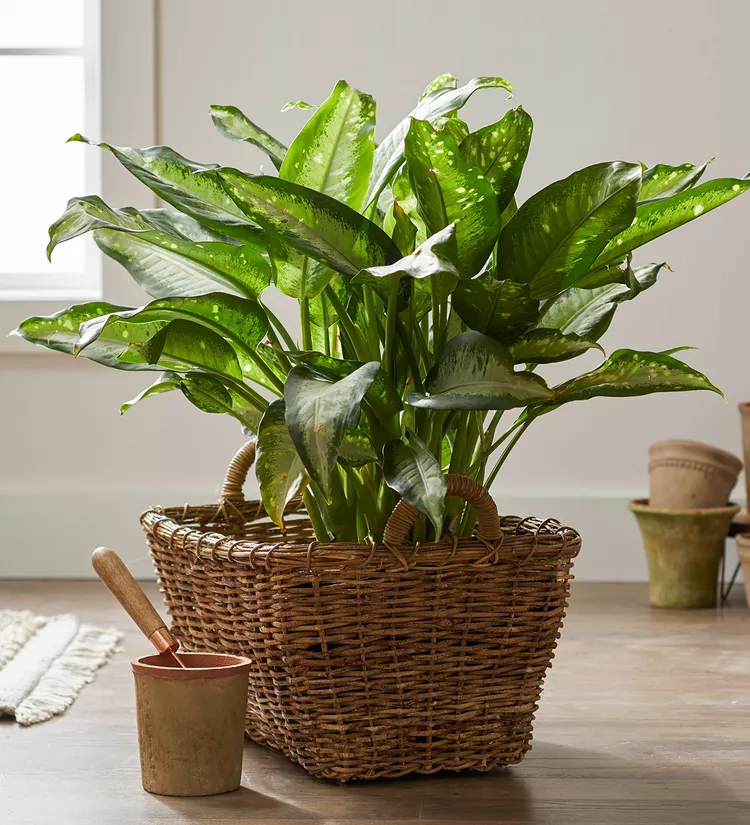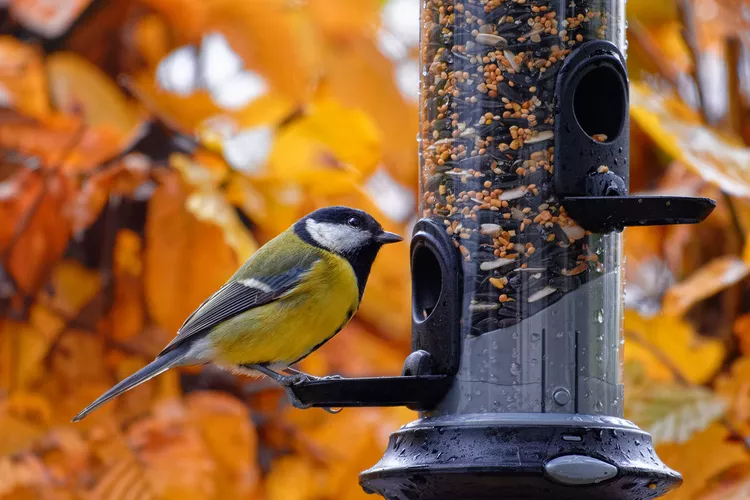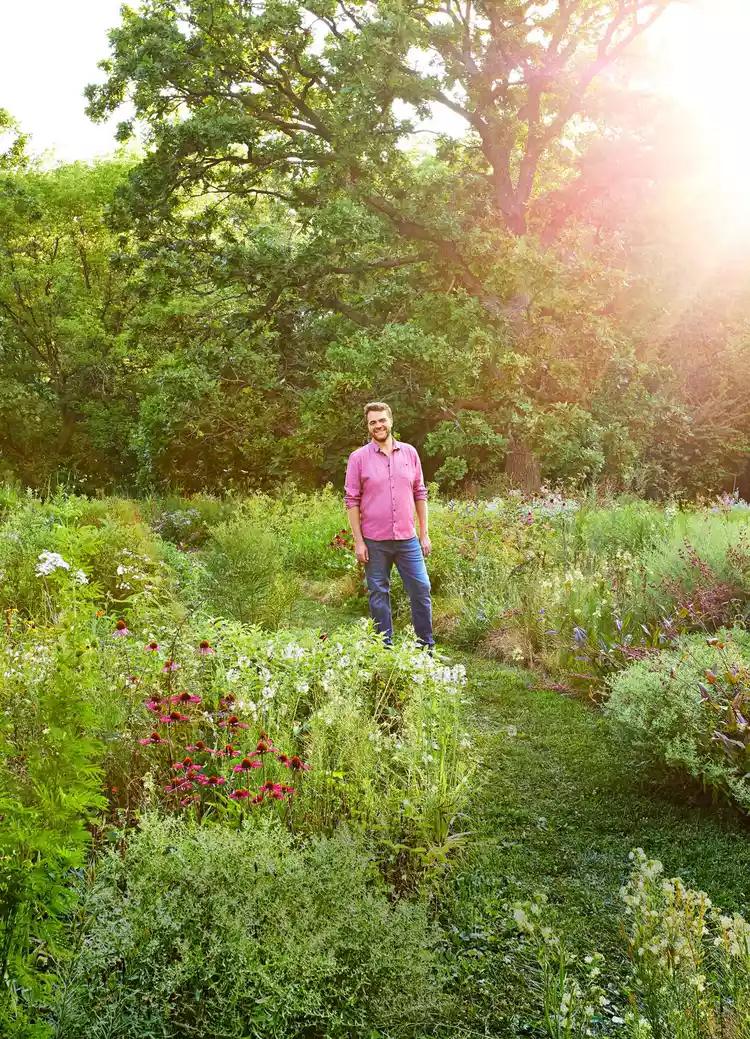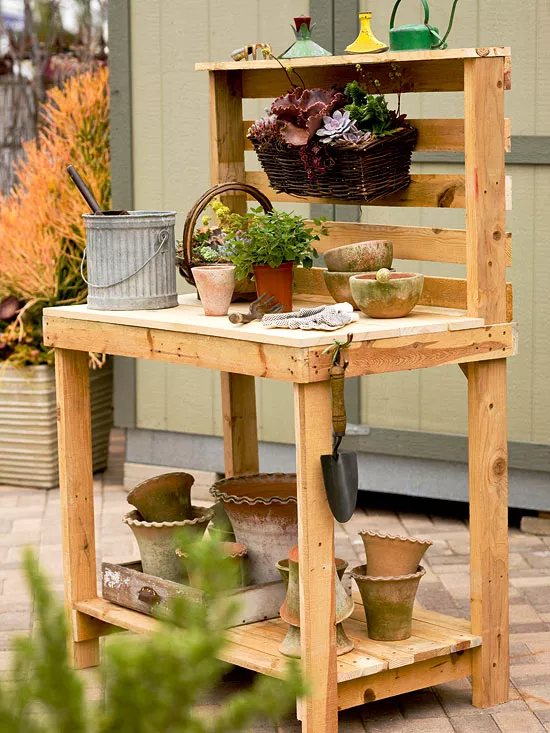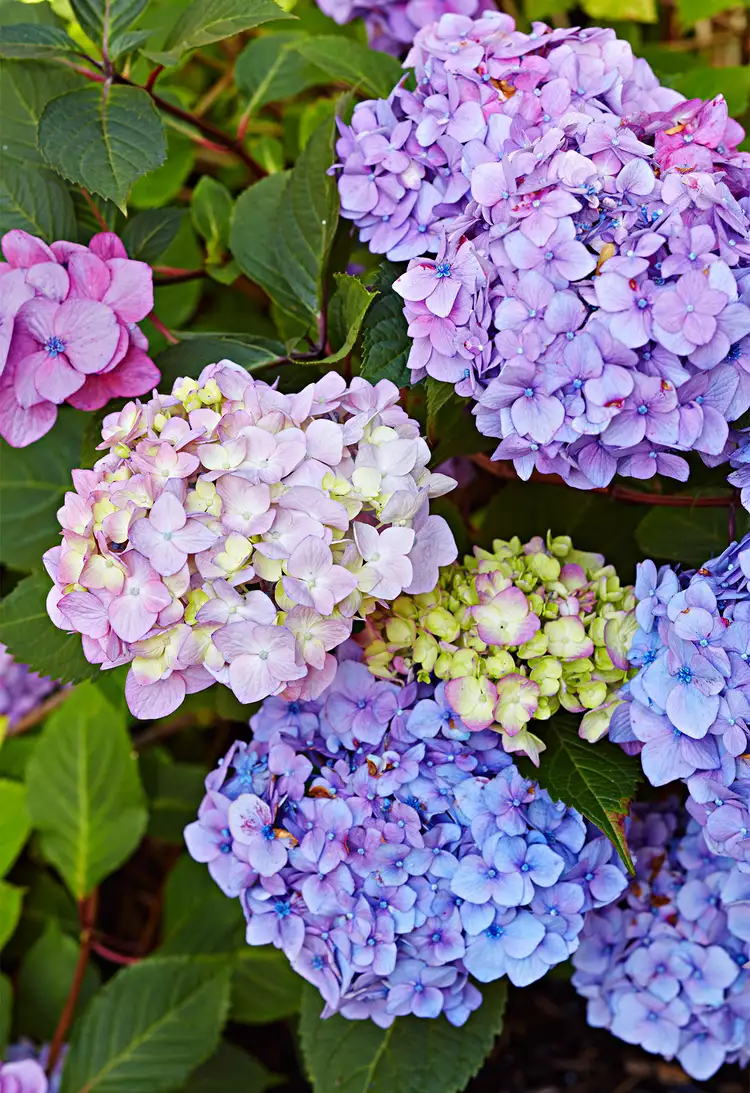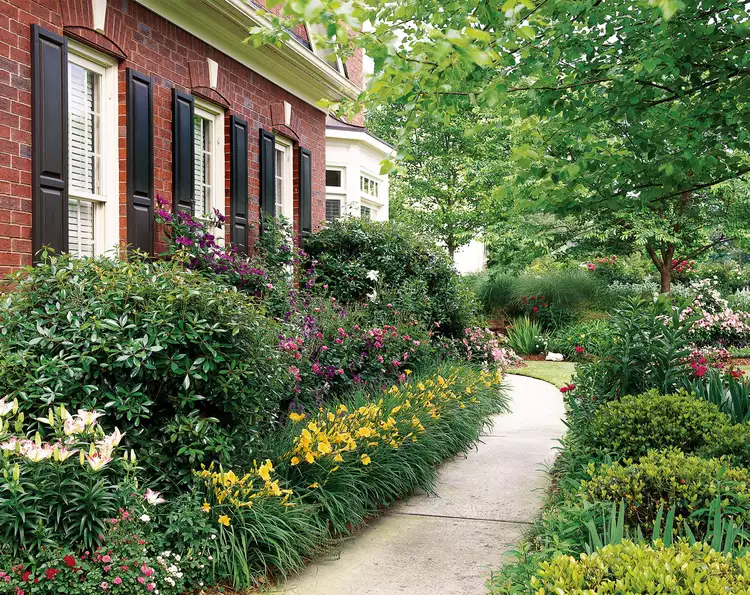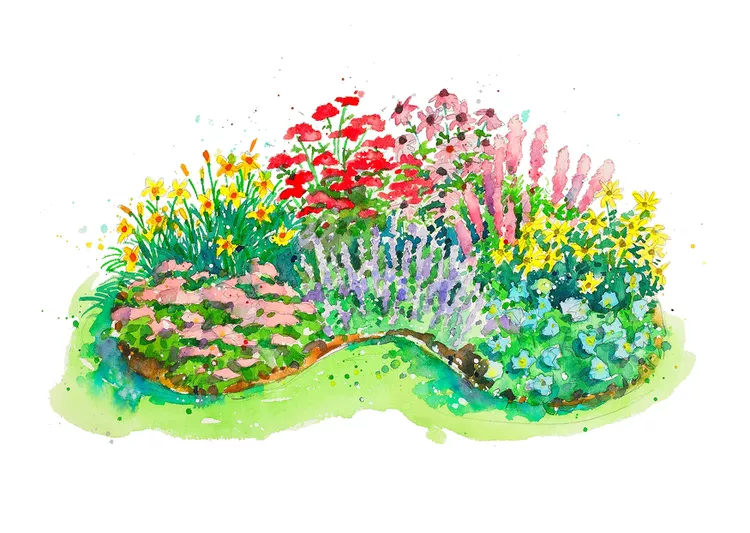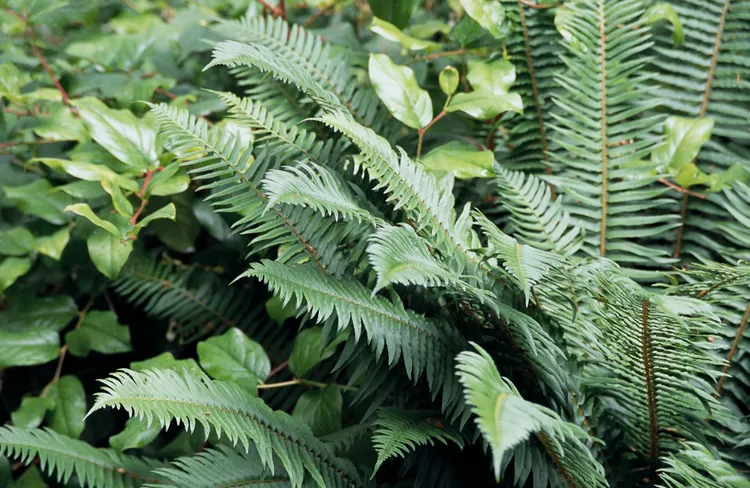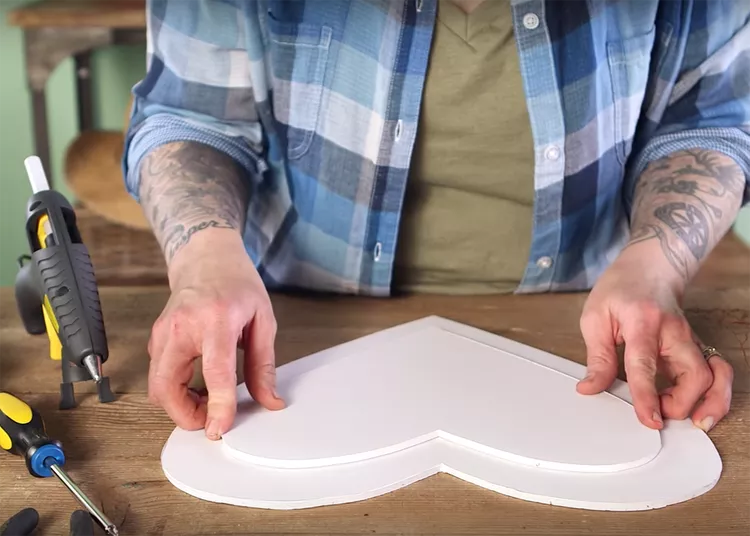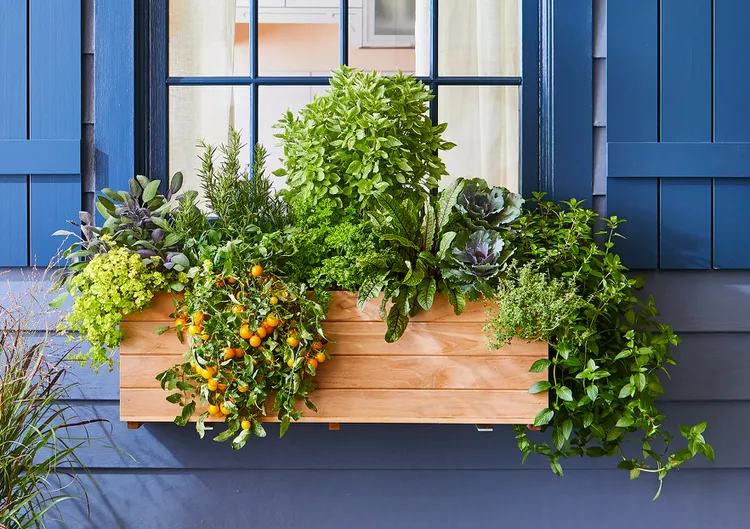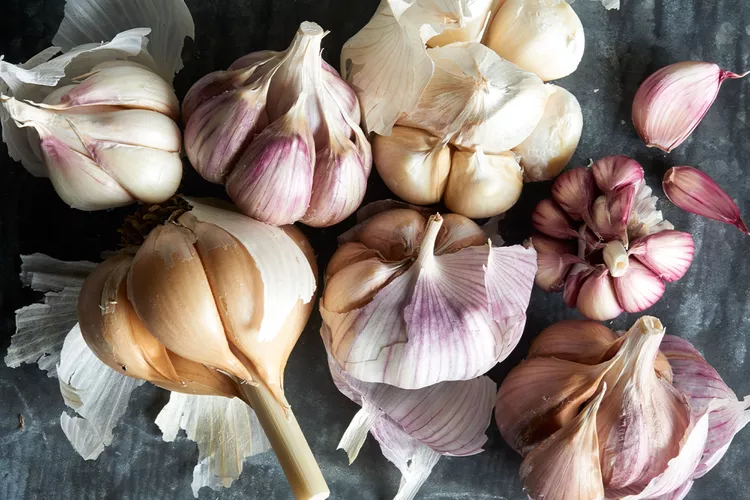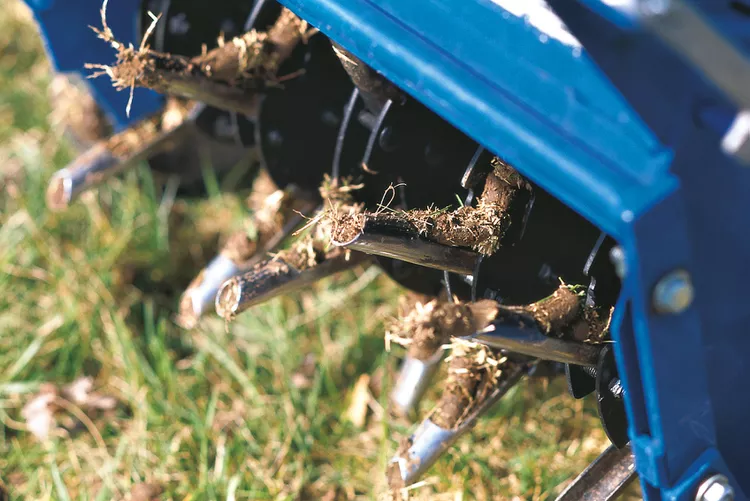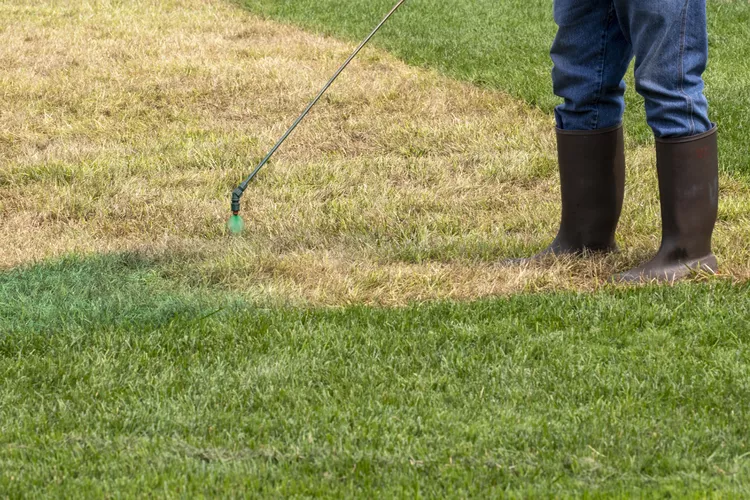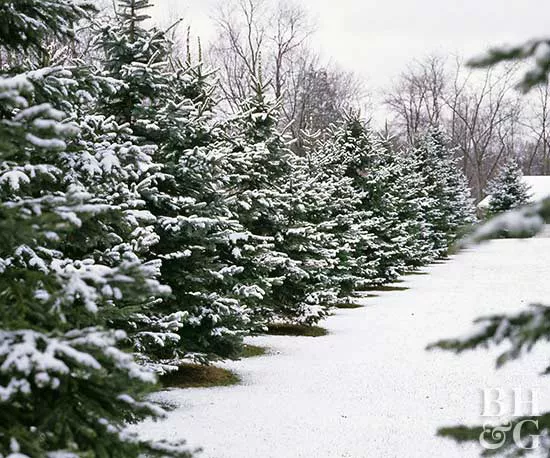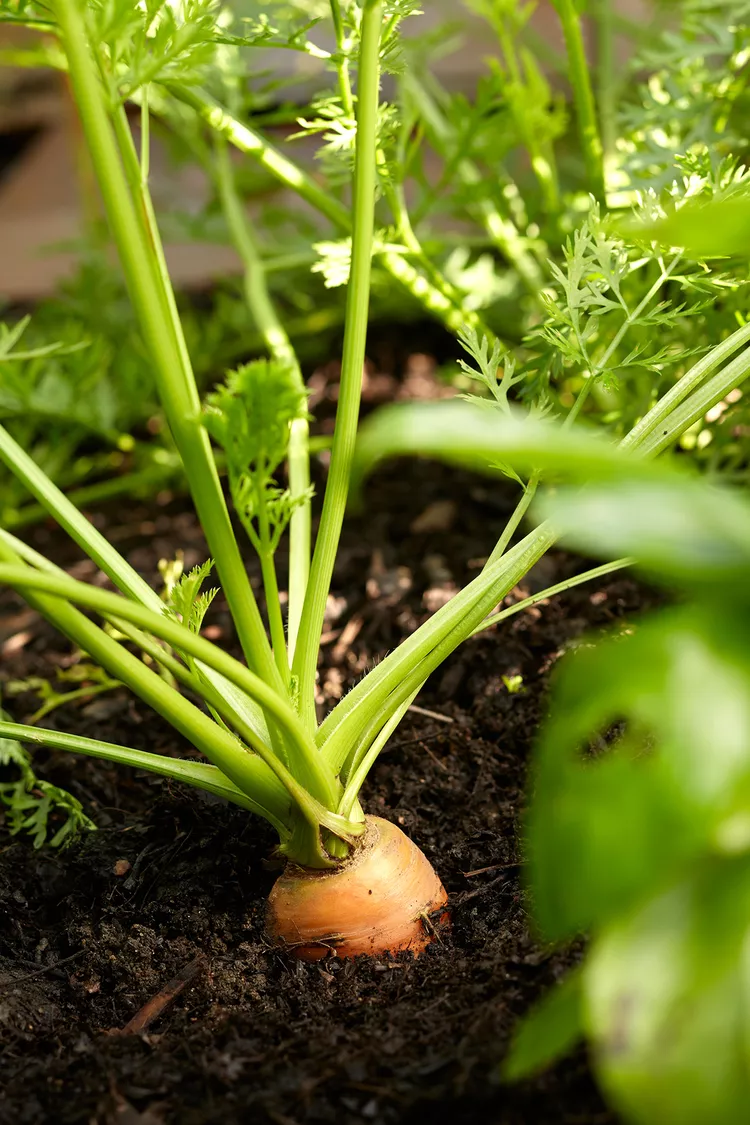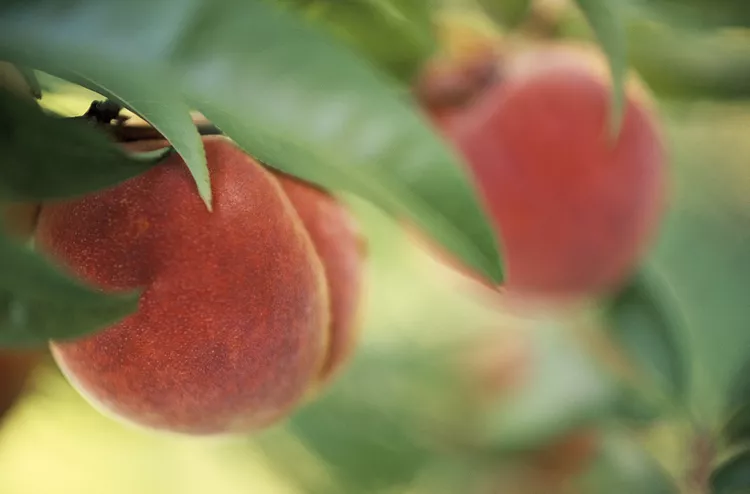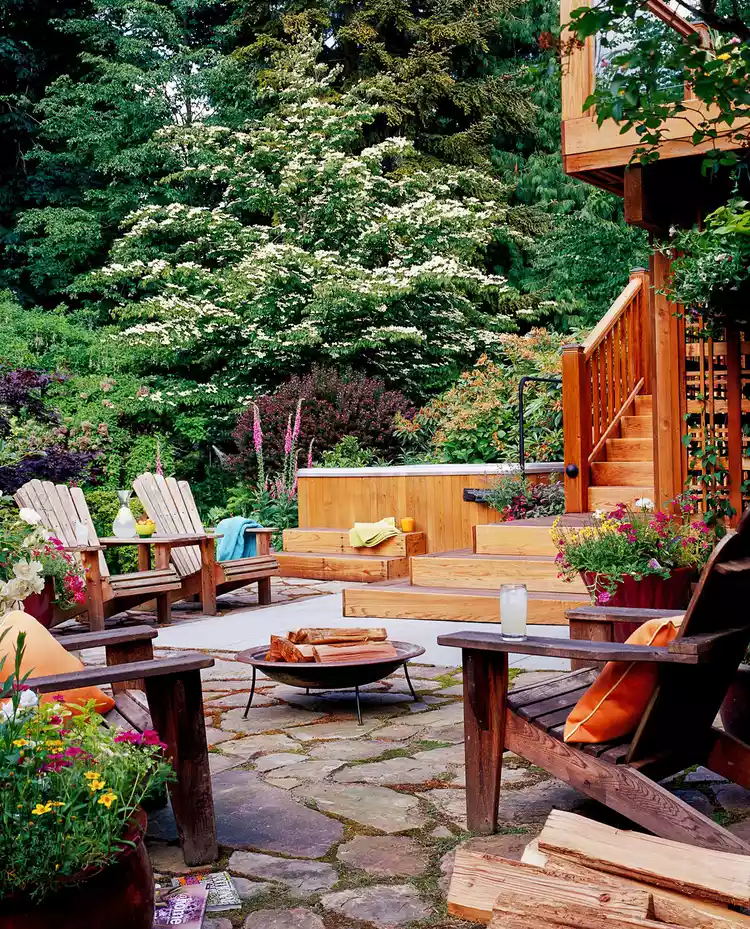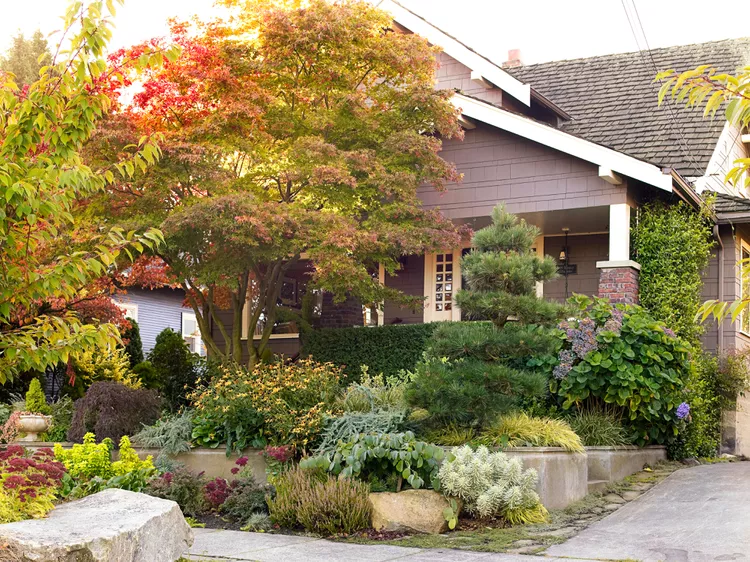Growing vegetables from seed for beginners is a rewarding project. Starting with seeds gives you a wider selection to choose from when shopping for seeds, and it's more cost-effective than buying veggie starts to transplant. Plus, you'll have the satisfaction of enjoying fresh vegetables that you grew yourself from tiny seeds. Regardless of the types of edible crops you want to grow, you’ll find must-know tips for growing vegetables from seed in this beginner-friendly guide.
Before starting a vegetable garden, it’s a good idea to have your soil tested to make sure it contains the nutrients plants need to grow. It’s also essential for you to know your growing zone, as this helps you determine which types of veggies to plant and when you should plant them. Once you figure out these gardening basics, it’s time to order your vegetable seeds from your favorite seed catalog.
1. Know when to plant.
Some vegetables grow best when the seeds are directly sown outdoors in gardens, while others should be started indoors under grow lights and transplanted outside in spring. Whether you should sow seeds outdoors or indoors depends on your growing season and the types of vegetables you plan to grow.
For slow-growing vegetables, like tomatoes and peppers, the seeds are often started indoors to get a jump on the growing season. Fast-growing crops, like beans and radishes, do well with direct sowing. However, planting times vary significantly among vegetable crops, so consult your seed packets for specific planting instructions and timing.
2. Read the seed packets.
Seed packets contain valuable information, such as days to harvest and recommended planting times, which help you determine when to start your seeds. Seed packets also include other details, such as planting depth and plant spacing, which you should follow to help the seeds germinate and grow well. For example, some vegetable seeds such as lettuce require light to germinate; if you plant them too deep, they won’t sprout.
3. Sterilize old pots and trays.
Vegetable seeds can be sown in small pots, seed-starting trays, or upcycled items like egg cartons. However, because damping off and other plant diseases can sometimes survive on old growing containers, sterilize old pots and trays with hydrogen peroxide or a 10% bleach solution before you reuse them. Also, never reuse old seed-starting mix, which may contain fungal spores.
4. Use grow lights.
Many beginning gardeners attempt to start vegetable seeds in a sunny window, but this isn’t a good idea. Most vegetables are light-loving plants, and the seedlings need at least 12 hours of bright light daily to grow properly. Eco-friendly LED grow lights installed about 3 inches above the seedlings provide all the light your plants need, and they can even be fully automated with timers.
5. Protect seeds from pests.
Plant pests aren’t a big problem with seeds you start indoors, but if you’re directly sowing seeds in your garden, you may have birds, cutworms, and other seed-eating pests to contend with. Covering newly planted seeds with a piece of moistened paper towel can deter birds from gobbling up your seeds. Cutworms can be thwarted by encircling young seedlings with small plant collars made of plastic, cardboard, or aluminum foil.
6. Water correctly.
Sow seeds indoors in a pre-moistened seed-starting mix and water them often so the soil stays moist but not soggy. Outdoor seeds can be watered with a watering can or a garden hose, but indoor seeds should be gently misted with a garden sprayer or watered with bottom watering to keep lightweight seeds from washing away.
Installing humidity domes over seeds can speed up germination; however, remove the domes as soon as the seeds sprout.
7. Try heating mats.
Not all seedlings benefit from heating mats, but the seeds of tomatoes, peppers, and other nightshades germinate more rapidly if you give them some warmth. Heating mats specially designed for seedlings are handy since they don’t use much electricity and are waterproof—a useful feature in the event of spills and splashes when watering. Turn off the heating mats after the seeds sprout so the seedlings don’t dry out too quickly.
8. Install a small fan.
Damping off is one of the most common problems when growing seeds indoors, but you can avoid it by disinfecting the growing containers and using fresh seed-starting mix. Installing a small fan near the seeds boosts air circulation, which also makes damping off less likely to occur. Plus, a gentle breeze from a fan encourages seedlings to develop sturdier stems that will stand up better to outdoor conditions.
9. Thin out seedlings as they grow.
Not all seeds will germinate, so planting two to three seeds per planting hole increases your chances of getting at least one healthy seedling in that spot. However, seedlings planted too closely together compete for nutrients, light, and water and become stunted. To avoid this, thin out the seedlings when they have at least one or two sets of true leaves by cutting off or gently pulling up the weakest seedlings and leaving the most vigorous growers in place.
10. Harden off transplants slowly.
Vegetable seeds started outdoors naturally acclimate to the temperature and light levels in your garden, but if you start seeds indoors and move them outside too quickly, your plants can suffer from transplant shock and die back. Hardening off tender seedlings over a week or two helps new plants acclimate to outdoor life and makes transplanting go much more smoothly.
Don’t move seedlings outdoors too early. Heat-loving plants, like tomatoes, can be damaged by frost and cool temperatures.
11. Add trellises early.
Many vegetables grow just fine without trellises, but if you want to keep climbing plants like cucumbers and pole beans, trellises are a necessity. Trellises keep plants tidy, improve airflow, and make harvesting easier. Install trellises or other supports when you sow the seeds or move transplants to your garden to avoid disturbing plant roots and delicate stems later.
